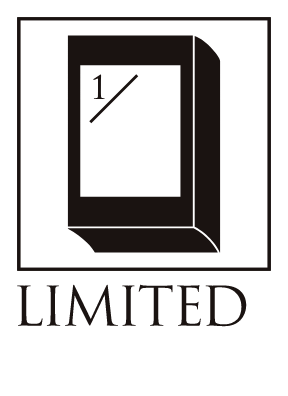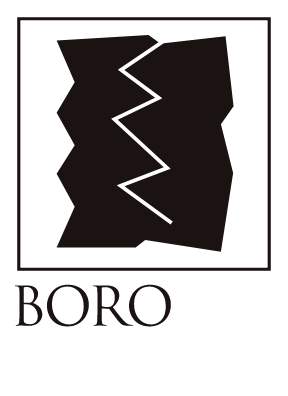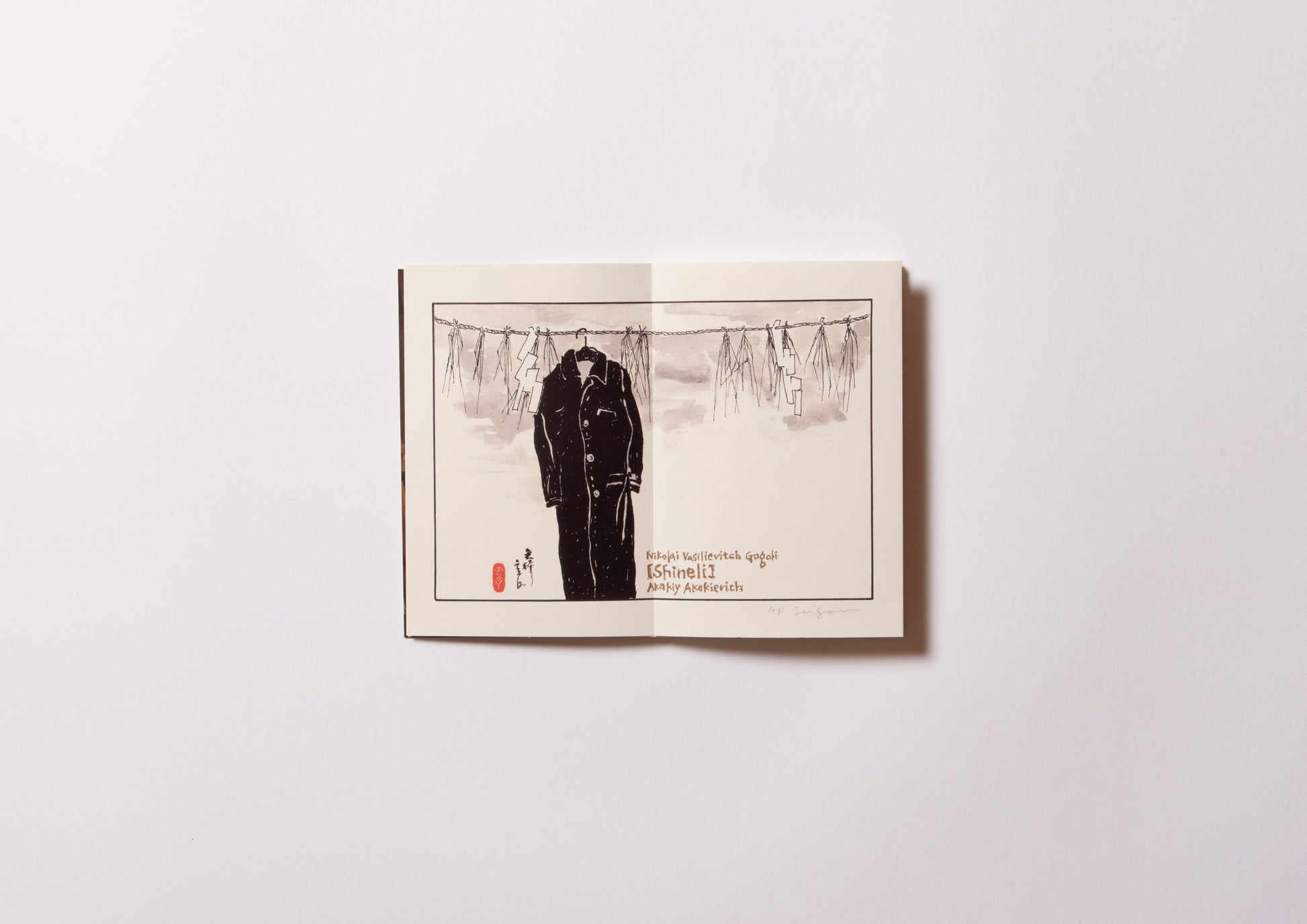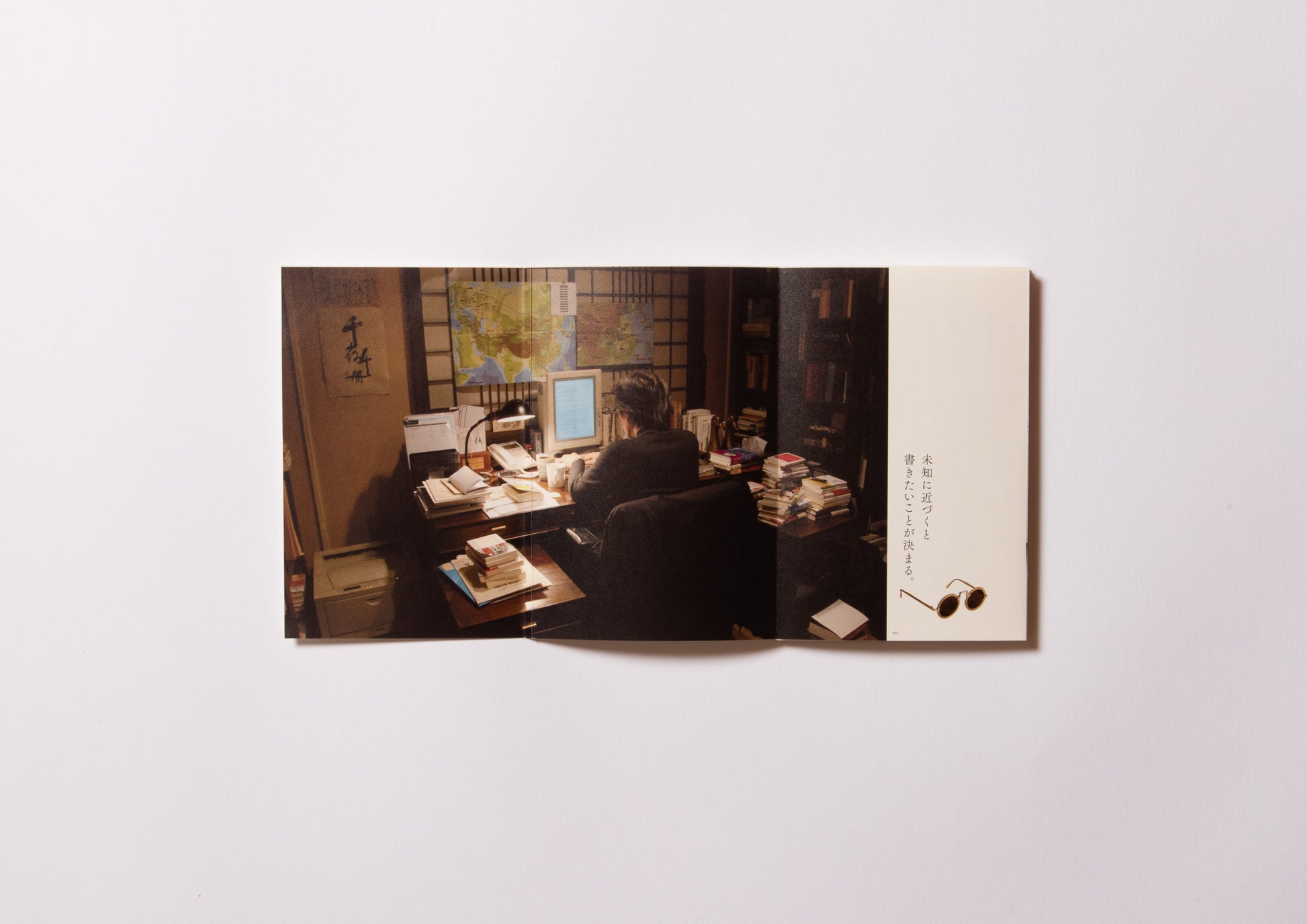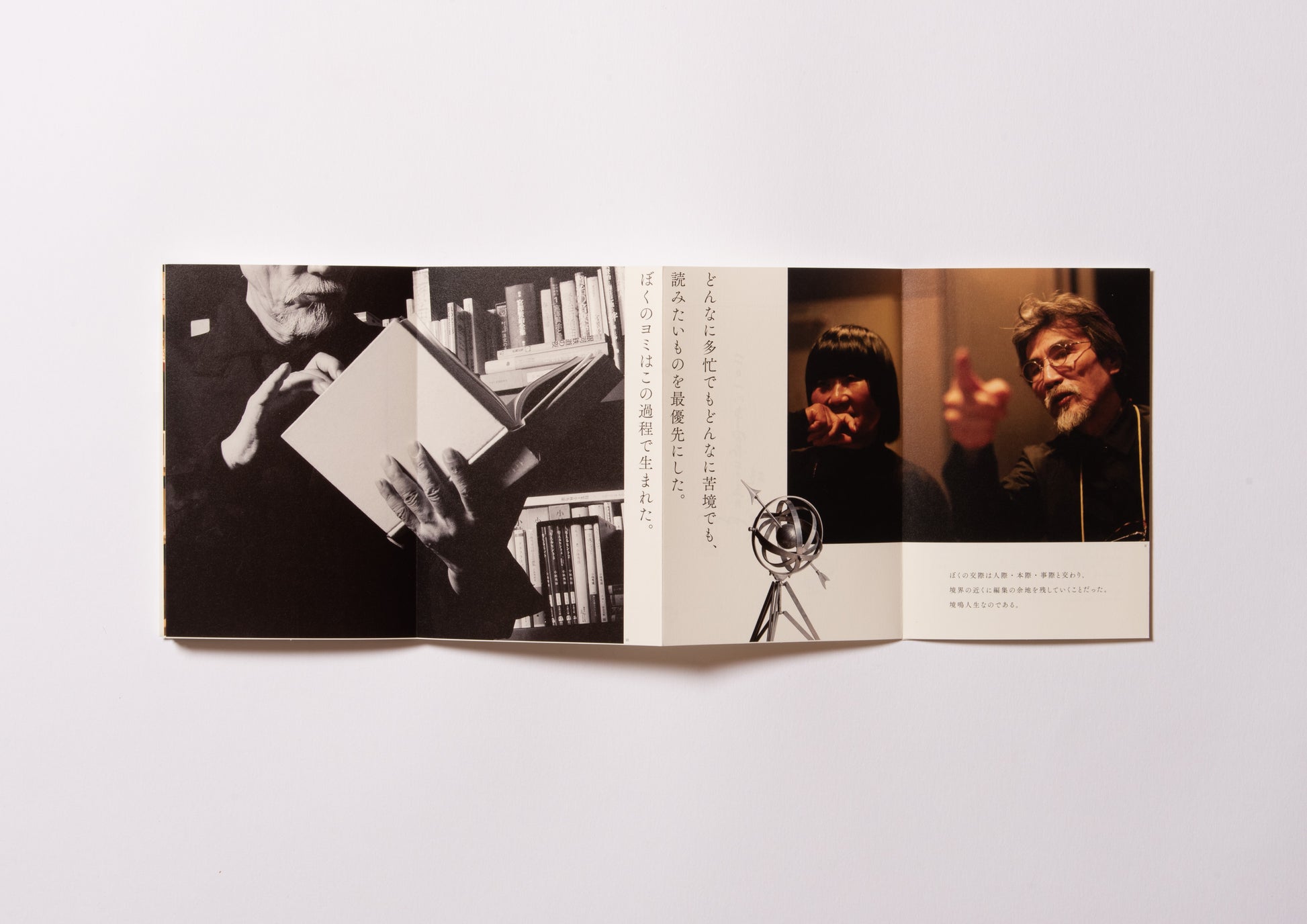Henshu Tehon / Seigow Matsuoka
Bibliographic Details
- Title
- Henshu Tehon / 編集手本
- Author
- Seigow Matsuoka / 松岡正剛
- Editor
- Osamu Kushida / 櫛田 理
- Designer
- Ryosuke Saiki / 佐伯亮介
- Director
- Osamu Kushida / 櫛田 理
- Images
- Photo by Bishin Jumonji 十文字美信、Atsushi Nakamichi 中道淳、Yuichi Sasaki 佐々木友一、Seiya Kawamoto 川本聖哉、Satoshi Nagare 永禮賢、 Editorial Engineering Laboratory 編集工学研究所
- Publisher
- EDITHON
- Year
- 2018
- Size
- 四六判(188mm×128mm)
- Pages
- 48
- Language
- Japanese / 日本語
- Binding
- Tehon-ori / 手本折
- Edition
- First edition / 初版
- Condition
- New / 新品
Deciphering all things from thousands of books
Legendary editor.
Seigow Matsuoka's editorial instruction book.
The "Otehon" series is a series of "handbooks" in which he writes in his own handwriting what his predecessors on various paths have used as "role models". For the first volume of this series, Seigow Matsuoka has written. The legendary editor, who has been blasting through the unprecedented world of editing for half a century, secretly tells us "this and that that I have taken as my role model," and the book is tailored in such a way. The book was planned, edited, and published by us, who had worked under Seigow Matsuoka as an apprentice editor for about 10 years.
The bellows-like binding was custom-made for this series. I conceived the idea of a "medieval book made by machine," and spent several months working with a printing company to develop it. The book is designed to be folded by cutting two slits in a large sheet of paper to create a "seamless bellows book". We named it "Tehon Ori".
From the very beginning of the planning stage, I had the idea of creating a "handwritten book," and had manuscripts of "Hagakure," "Fushikaden," "Da Vinci," and Paul Klee in mind. Therefore, I printed the book as it was, even with the vivid red proofreading, and created a book that looked as if it could have come out of a pocket. This was also a bit of a challenge to the "fragrance of books" that has been lost in today's mass publishing and distribution system. That is what a manuscript book is, and a handwritten book has a magical reading quality. Besides, I liked Seigow Matsuoka's handwriting.
The front side of the book consists of a manuscript of about 3,000 newly written words and "Giga Yusho," his own illustrations. On the reverse side, more than a dozen aphorisms and various behind-the-scenes photos of the editorial process appear on the side. For example, a behind-the-scenes view of the author writing "Senya-Sensatsu" as usual in front of the "Shoin," a machine dedicated to word processing. For example, a rehearsal scene with lighting designer Harumi Fujimoto. For example, looking for a book in "Seisunbou," designed by Shiro Miura, an architect of sukiya-style houses. The photographers range from Bishin Jumonji to the staff of the time, and were carefully selected from an archive of several thousand photographs with the help of Seigow Matsuoka's office.
Harumi Fujimoto, Issey Miyake, and Emi Wada, who were delighted to have this book made, are no longer with us. Yohji Yamamoto presented a black jacket embroidered with "Seigow Matsuoka's Aphorism" for the Yohji Yamamoto POUR HOMME Spring/Summer 2021 collection, which was first published in this book. I wonder if the magic worked a little.
This book won the "Japan Federation of Printing Industries Chairman's Award" in the 53rd Bookbinding and Binding Contest.
<Editor's Postscript>
My master, Seigow Matsuoka, is famous as a rare bookworm who has continued to write "Senya-Sensatsu," which he started in 2000.
While reading, he says, "Books are like notebooks; they are meant to be messy." He marks the text and scribbles in the margins with a red or blue pen. During meetings with staff members, he sketches "diagrams" that come into his mind on a blank piece of paper. Like Paul Klee's "Creative Thinking," he is a person whose brain, eyes, and hands are connected in a single stroke. That is why I always looked forward to internal meetings and direction sessions. I would prepare a stack of blank papers and a pen and pencil and wait excitedly for what kind of formative editorial sensation would emerge today.
By the way, the "notebooks," "manuscript," and "drafts" that arise in the night are never printed. Even if they were kept by the staff, they were rarely recorded as important documents, and were born on the spot and then disappeared on the spot.
One night, I was shown a "notebook" that he had kept in his 20s and 30s. When I asked him to show me these notebooks, he pulled out a dozen or so old, atattered college notebooks from the back of his study and showed me them to me.
There, on each page, key words such as "minerals" and "machines" were placed at the top of the page, and short passages and quotations were handwritten along the headings. To my surprise, the headlines were also written on the blank pages. The headline came first. As if they were guideposts, stepping stones of thought. The moment I realized that it was not a random notebook, not even a memorandum, something was ice-breaking.
What Seigow Matsuoka was noting down was "a view of information". Editing is a job that often involves looking to the past, but Seigow Matsuoka's attitude that what already exists is not the sole domain of the editor has always supported me.
Text by Osamu Kushida
Regular price
$13.00 USD
Regular price
Sale price
$13.00 USD
Unit price
per


